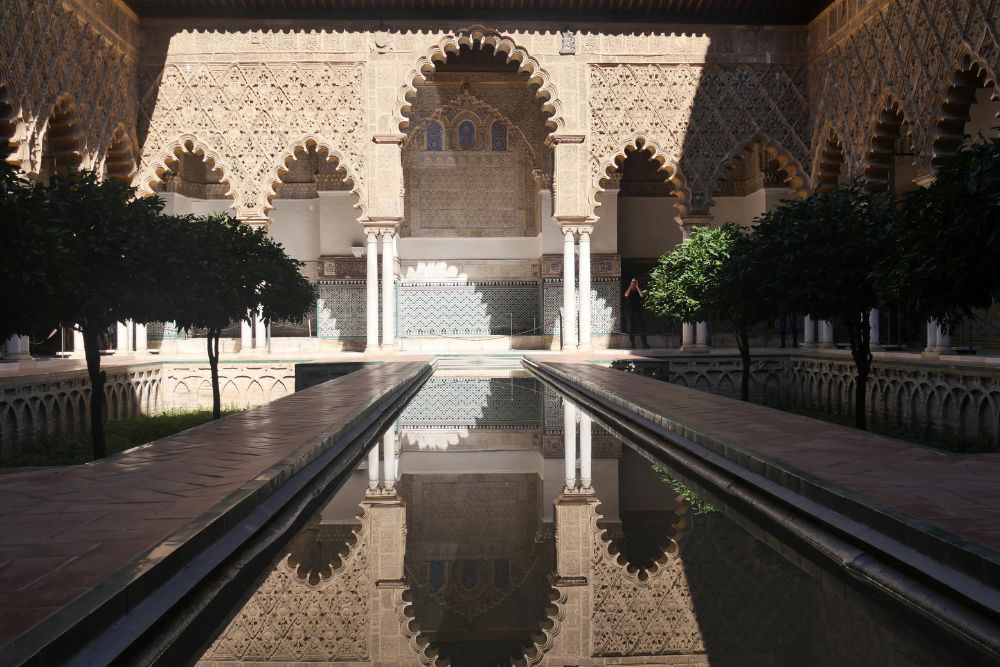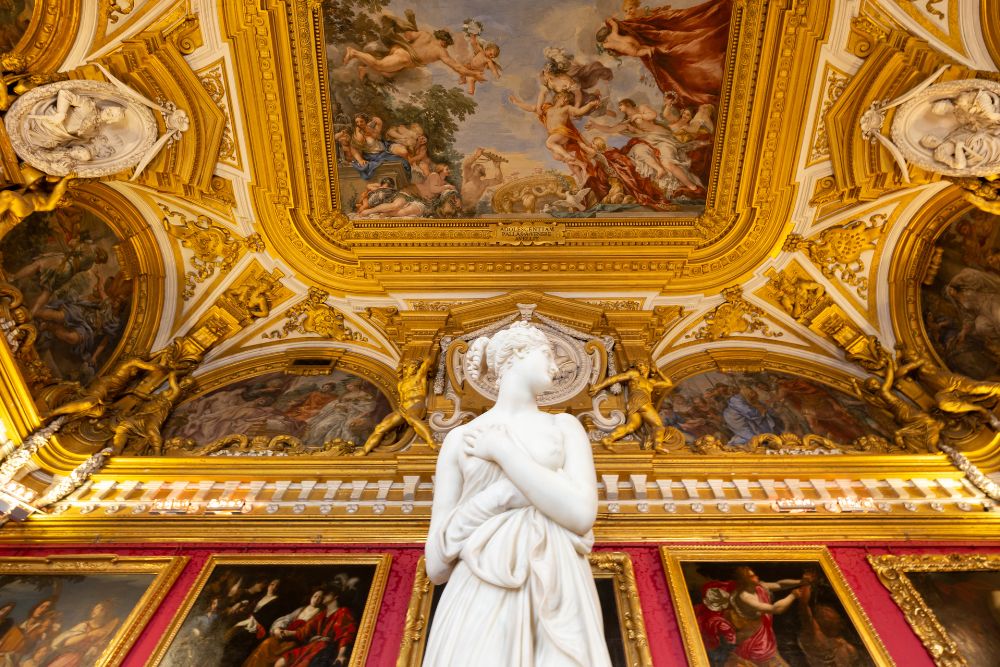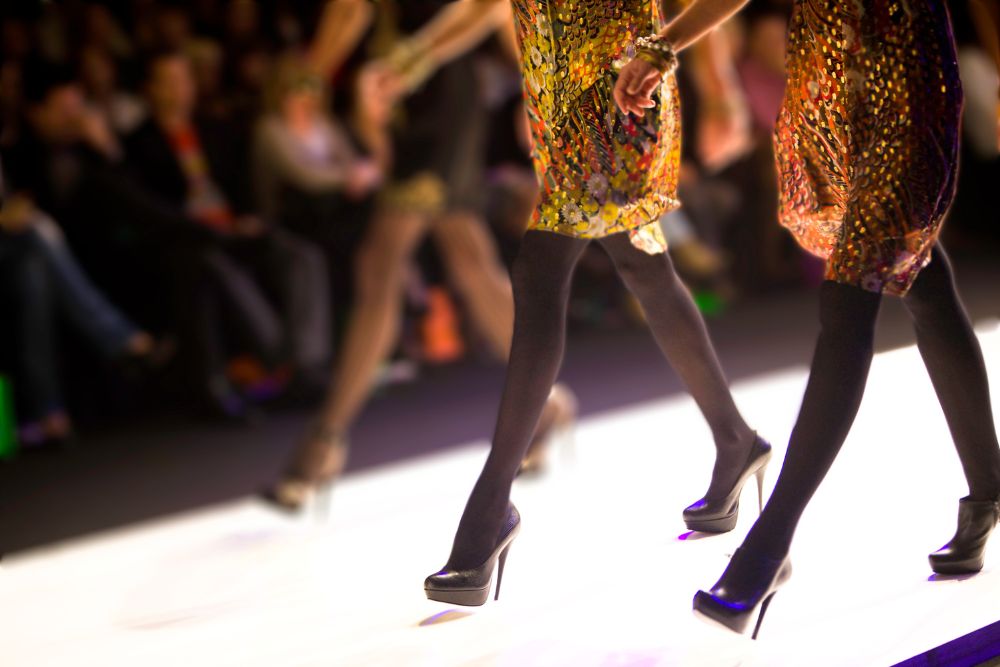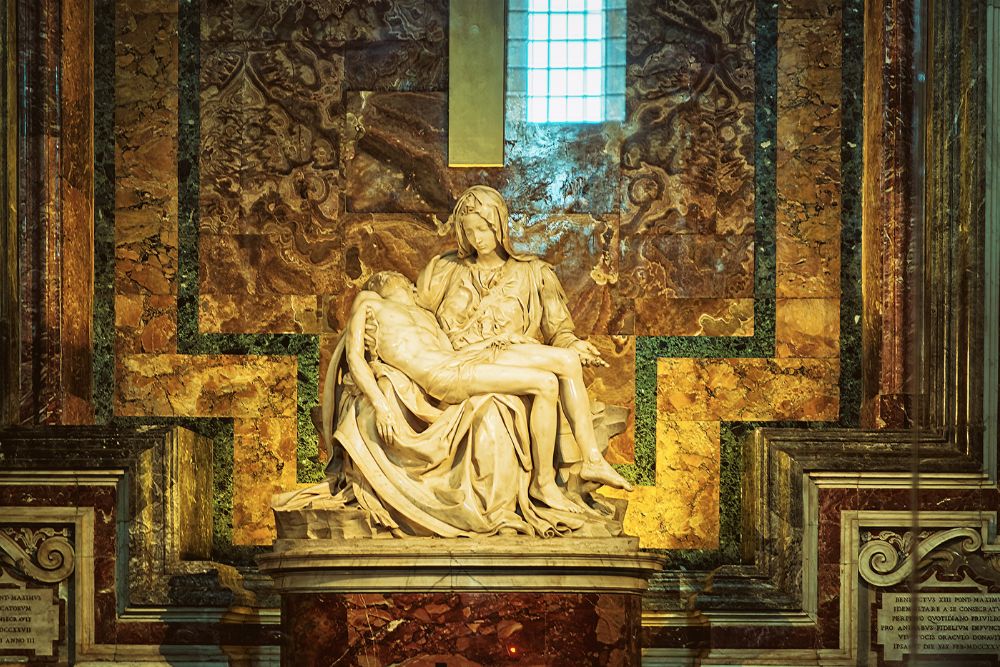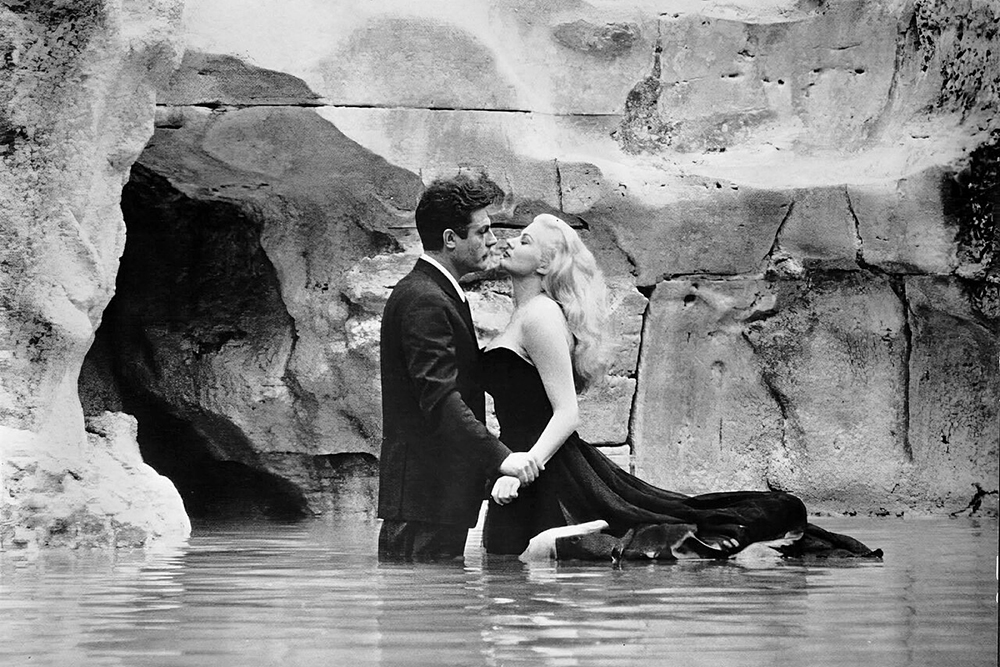
The italian Renaissance
The Italian Renaissance, a period of immense cultural, artistic, and intellectual flourishing, took place in Italy from the 14th to the 17th centuries. It was a time of rebirth, marked by a renewed interest in classical art, literature, philosophy, and humanism. This transformative era significantly influenced the course of European history, leaving an indelible mark on art, architecture, and the humanities. In this article, we will delve into the various aspects of the Italian Renaissance, exploring its origins, major contributors, artistic achievements, societal impact, and legacy.
Historical and Cultural Background
Origins and Historical Context
The roots of the Italian Renaissance can be traced back to the late Middle Ages, when Italy was a patchwork of independent city-states, each with its own unique culture, economy, and governance. During this time, there was a gradual shift away from the feudal system towards a more urbanized society. The city-states became centers of commerce, fostering a wealthy merchant class that patronized the arts and sciences.
The fall of Constantinople in 1453 played a pivotal role in the Renaissance's origins. Many Greek scholars fled to Italy, bringing with them ancient texts and knowledge that had been preserved in the Byzantine Empire. These texts, written by classical thinkers like Plato, Aristotle, and Galen, reignited interest in the wisdom of antiquity, sparking a revival of classical learning.
Humanism and the Renaissance Man
Humanism was a central intellectual movement during the Italian Renaissance. It emphasized the value of human beings and their abilities, encouraging a focus on human potential and achievements. Humanists sought to understand the world and human experiences through reason, observation, and empirical evidence, often challenging traditional religious beliefs.
The Renaissance Man, an idealized concept, epitomized a well-rounded individual who excelled in various disciplines. He was not only a skilled artist, but also a scholar, scientist, philosopher, and diplomat. Leonardo da Vinci, a quintessential Renaissance Man, embodied this ideal through his accomplishments in art, anatomy, engineering, and more.
Artistic Achievements
A hallmark of the Italian Renaissance was its extraordinary artistic output. Artists explored new techniques, perspectives, and subjects, moving away from the medieval style and embracing a more naturalistic and realistic approach. Some of the notable artists of this period include Leonardo da Vinci, Michelangelo Buonarroti, Raphael Sanzio, and Sandro Botticelli.
Leonardo da Vinci:
Leonardo was a true polymath, renowned for his paintings such as the "Mona Lisa" and "The Last Supper." He combined his artistic talents with scientific inquiries, making significant contributions to anatomy, engineering, and architecture.
Michelangelo Buonarroti:
Michelangelo was a master sculptor, painter, and architect. His famous works include the Statue of David, the Sistine Chapel ceiling, and the Last Judgment.
Raphael Sanzio:
Raphael was celebrated for his harmonious and balanced compositions, seen in works like "The School of Athens" and "The Marriage of the Virgin."
Sandro Botticelli:
Botticelli is best known for his exquisite mythological paintings, notably "The Birth of Venus" and "Primavera."
Architecture and Design
Architecture during the Italian Renaissance saw a revival of classical elements and principles. Inspired by ancient Roman and Greek architecture, Renaissance architects emphasized proportion, harmony, and geometric precision. Key features included domes, columns, arches, and symmetrical designs. Notable architects of this period include Filippo Brunelleschi, Leon Battista Alberti, and Andrea Palladio.
Literature and Language
The Italian Renaissance was a golden age for literature, with the emergence of renowned poets, playwrights, and scholars. One of the most influential literary works of this period was Dante Alighieri's "Divine Comedy," an epic poem that provided a vision of the afterlife and an allegorical journey through Hell, Purgatory, and Heaven. Petrarch, Boccaccio, and Machiavelli were other prominent literary figures who made significant contributions to Italian literature.
Scientific Advancements and Innovations
The Renaissance was a time of remarkable scientific progress, characterized by the rejection of medieval scholasticism and a renewed emphasis on observation and experimentation. Galileo Galilei, often referred to as the "Father of Modern Science," made significant advancements in physics and astronomy, famously championing the heliocentric model of the solar system proposed by Nicolaus Copernicus.
Societal Impact and Legacy
The Italian Renaissance had a profound impact on society, influencing not only the arts and sciences but also politics, education, and religion. It paved the way for the Enlightenment, a movement that further championed reason, liberty, and progress. The legacy of the Italian Renaissance continues to resonate today, as its artistic, cultural, and intellectual achievements remain a source of inspiration and admiration.
Conclusion
The Italian Renaissance was a transformative period in European history, characterized by a revival of classical knowledge, a flourishing of the arts, and a renewed emphasis on humanism and individual potential. This era's impact on art, architecture, literature, and science continues to be felt, shaping the way we perceive and appreciate the world around us. The Italian Renaissance serves as a testament to the enduring power of human creativity, innovation, and the pursuit of knowledge.


